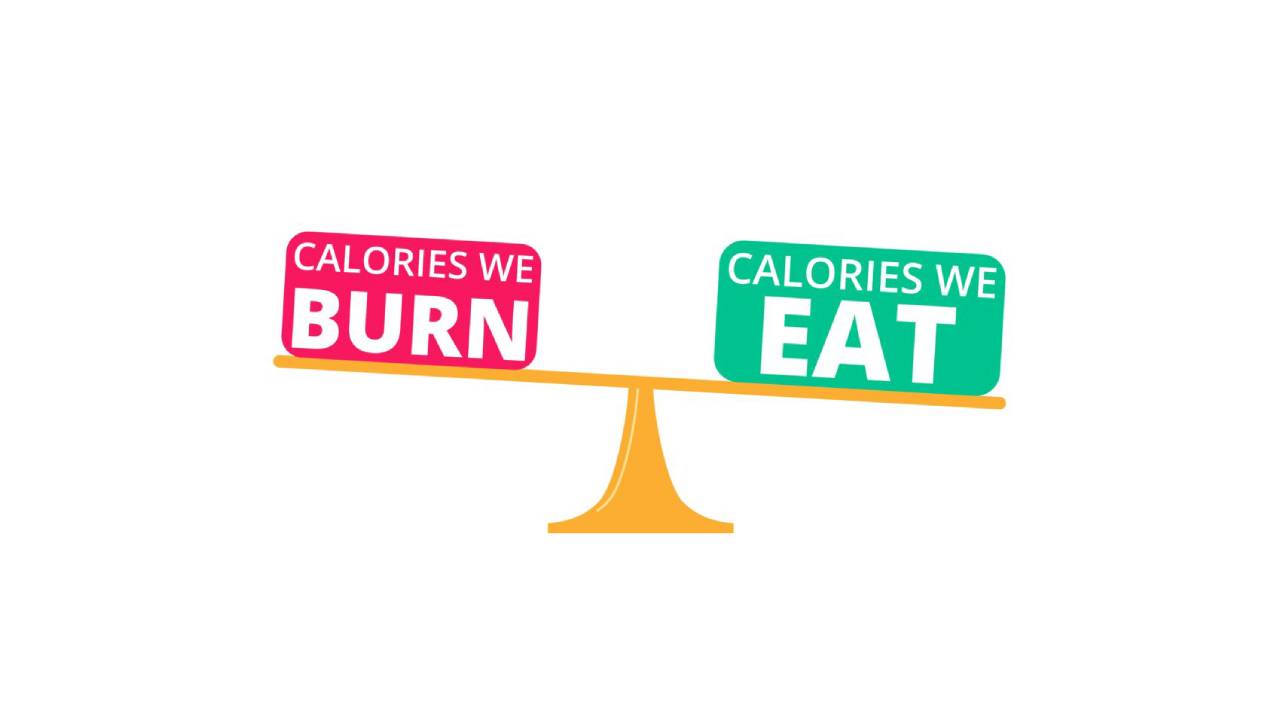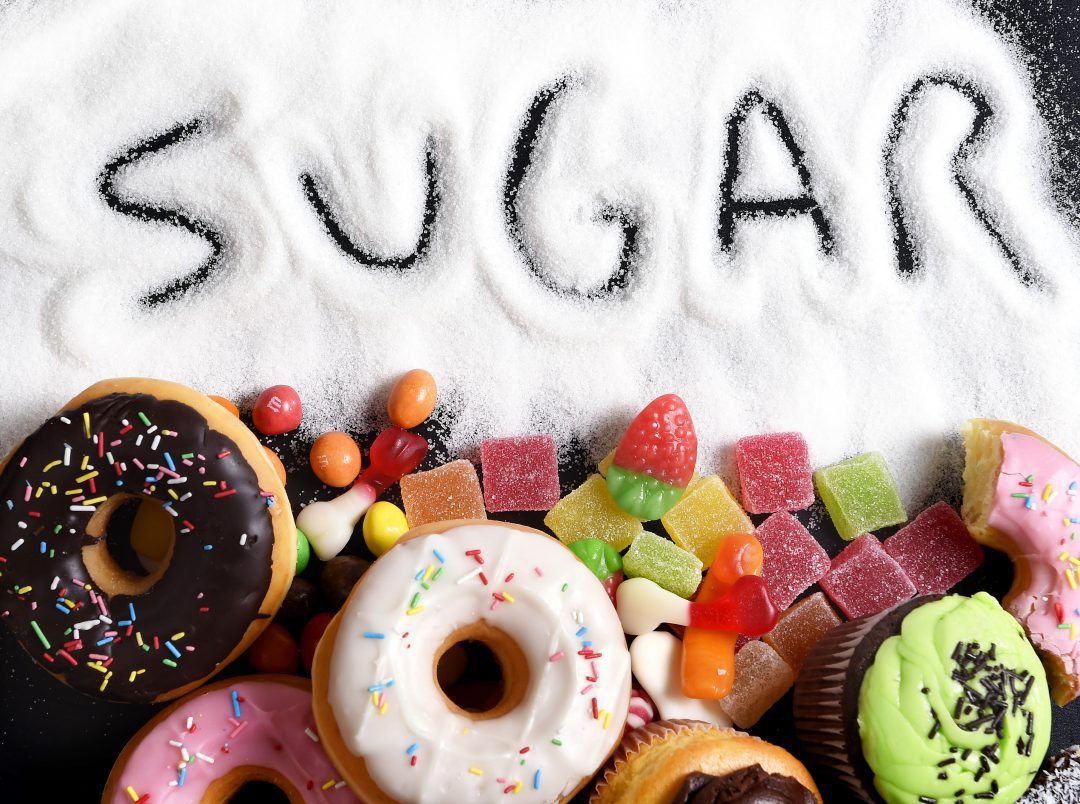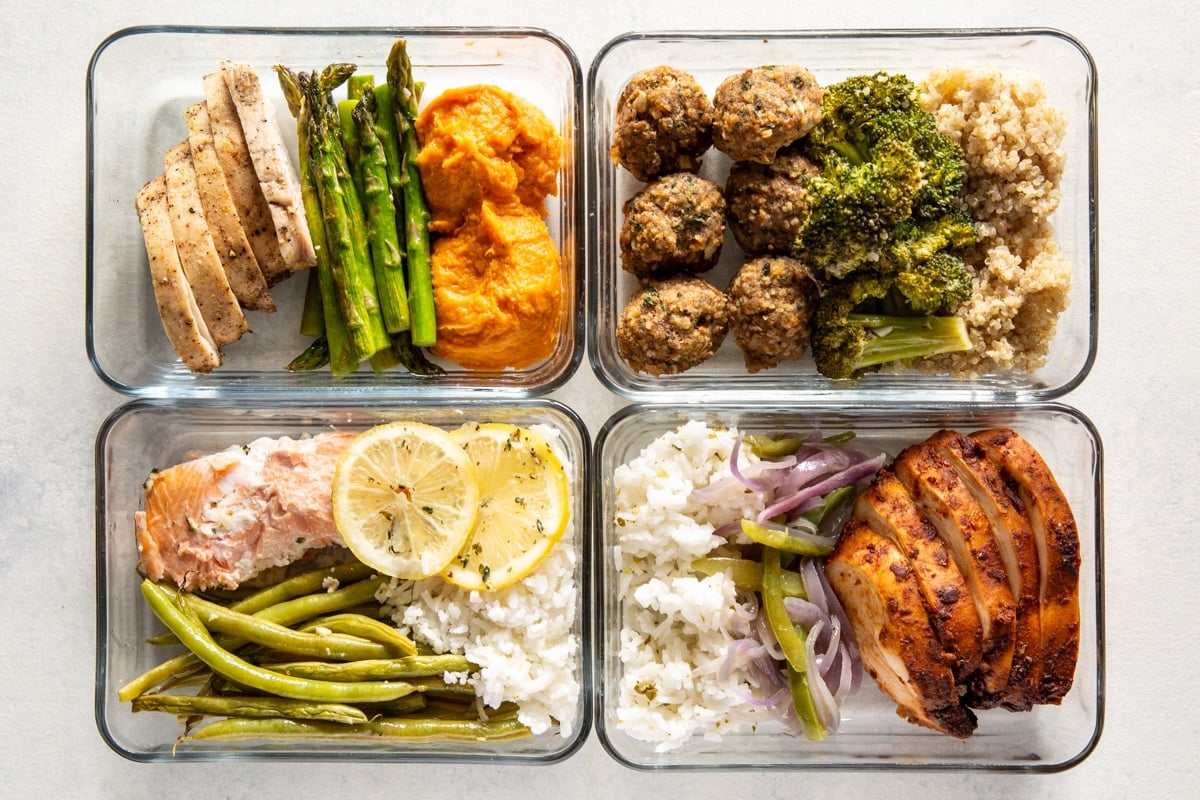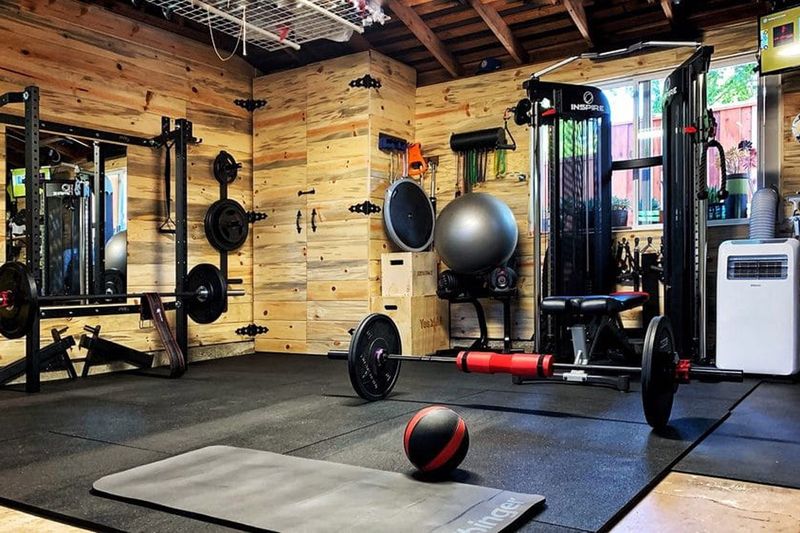When it comes to the topic of weight loss, there is so much misinformation out there. Especially now, in 2024, with social media being at anyone and everyone’s fingertips, it’s easy to believe someone who may not know what they’re talking about.
Between fad diets, programs guaranteeing you your dream body in weeks, weight loss pills, or supplements, they all lack sustainability and ultimately are businesses out to take your money. These products are marketed strategically as a “Lose Weight Fast” scam and people who lack the proper research often fall into the trap.
As someone who was once naive and then took the steps to educate and gain years of experience in fitness and nutrition, I’m here to tell you that society overcomplicates the process of weight loss, so much that people lose motivation before even starting their journey.
And I know what you’re thinking.
“But I’ve tried losing weight so many times and I just can’t. It’s extremely hard.”
But believe me, if you tried losing weight the proper way, without any of those scams I mentioned above, you wouldn’t be saying that.
It really comes down to 3 components I consider “The Weight Loss Blueprint.” So, let’s dive into the proper way to lose weight.
THE WEIGHT LOSS BLUEPRINT:
CALORIE DEFICIT
Starting off, you MUST MUST MUST be in a slight calorie deficit! Made simply, that’s burning more calories than you’re consuming.
This is where I see a lot of people struggle because society makes people think deficit means starvation and by eating too little, it naturally leads to binging and disordered eating habits.
If you’re eating at too low of a deficit for too long, not only will you impact your hormone levels, but you will actually struggle to lose weight. Food is fuel and eating enough is just as important as being in a deficit.
To keep it sustainable and simple I recommend a slight deficit at around 150-200 calories combined with a consistent training regimen.
This way you don’t shock your system with a major calorie restriction, but still are burning more than you’re consuming.
To find your deficit you can use an online calculator and input your health information to find your maintenance calories, then subtract the 150-200 calories from that. The number you are left with is what you should aim to consume.

THE IMPORTANCE OF MACRONUTRIENTS
Once you get the calorie deficit down, the next step is to actually break down what you’re consuming.
- Are you eating a lot of processed food?
- And are you drinking sugary drinks that are empty calories?
- Are you eating no carbs because you think they make you fat?
The answer is probably yes. And it’s another reason why you don’t feel energized or motivated during this journey. The phrase “You are what you eat” could not be more true. Even if you’re following your deficit, it’s crucial to be eating foods that FUEL your body with the right essential macronutrients: proteins, carbs, and fats.

Let’s start off with protein.
Protein is the secret to body recomposition that almost everyone doesn’t get enough of. Ideally, you should be consuming between 0.7-1 grams per pound of body weight. Not only will it leave you more satisfied after meals, but it helps build muscle, improves bone density, and stabilizes blood sugar levels.
Good sources of protein
- Wild fish (salmon, cod, halibut)
- Organic grass-fed beef
- Organic lean chicken
- Pasture-raised eggs
- Organic lean turkey
- Egg whites
- Organic tofu
Next up is carbs.
Fad diets have brainwashed people into believing all carbs are evil and need to be restricted when they’re actually an essential macronutrient the body needs. How many Paleo or Keto diets have you tried? And how have you felt on it? Probably terrible.
The truth is carbs should make up 45-65% of your calories. Now it all depends on your lifestyle and activity levels as to if you should be on the lower or higher end of that, but the point is you need carbs. But what carbs are good and which are bad? I simplify it below.
GOOD CARBS
- Jasmine or brown rice
- Quinoa
- Oatmeal
- Sweet potatoes
- Vegetables
- Fruits
BAD CARBS

- Donuts
- White bread
- Cake
- French fries
- Sugary cereal
Last up is fats.
This is another misunderstood food group that many view as “unhealthy.” However, fats should make up 20-35% of your total calories. Nobody realizes that healthy fats are crucial for hormonal health, but most people consume foods loaded with saturated and trans fats, which are bad fats.
So, let’s compare healthy fats with unhealthy fats.
Healthy Fats
- Avocado
- Walnuts
- Almonds
- Wild fish (salmon, cod, halibut)
- Seeds (pumpkin, sunflower, hemp, chia, flax)
Unhealthy Fats
- Pastries
- Processed meats
- Seed oils (canola, sunflower, soybean, cottonseed, safflower, grapeseed)
- Partially hydrogenated oil
- Fried food

So if you are consuming a balanced diet that consists of all 3 macronutrients, you will be satisfied, eliminate frequent food cravings, promote muscle building, and regulate both hormonal and blood sugar health.
Start to plan your meals around protein, carb, and fat, and notice how much more energized you will feel.
Below are more general nutritional tips I also recommend:
- Cut out sugar, especially processed
- Be mindful of sodium
- Limit alcohol intake (weight loss killer)
- HYDRATE! Drink a minimum of 2.7 liters of water a day
CONSISTENT TRAINING REGIMEN
The final component of weight loss is a consistent training regimen.
Now, this is something that is different for everyone and there’s no “one size fits all approach” which is why knowing how your body responds to exercise is crucial. Some people may be able to work out 5-6 days a week while others stick to 3-4.
The only suggestion I will make is to incorporate strength training at least 2-3 times a week to increase your metabolism by building muscle.
And, no, you will not get “bulky.” Lifting weights promotes bone density and muscle toning and is the best way for recompositing your body. Along with this, you should aim for 7,000-10,000 steps a day. These are the most crucial parts of any training program. Once you get that down, you can create a schedule of activities you enjoy around it.
For example, I created a sample training split below.
- Monday – UPPER BODY
- Tuesday – Bike ride
- Wednesday – LOWER BODY
- Thursday – REST
- Friday – FULL BODY
- Saturday – Swimming
- Sunday – Active recovery
In this example, you are getting 3 days of resistance training, 2 cardio days, and an active recovery day where you can include yoga, pilates, stretching, or anything else you enjoy. Your training may look different, but the key is MOVEMENT and CONSISTENCY with adequate rest for YOUR body.
So, let’s sum up the training regimen essentials.
- Minimum of 2-3 days of strength training
- 7,000-10,000 steps every day
- Adequate rest for YOUR body
- Include activities you ENJOY

Now that you have officially grasped “The Weight Loss Blueprint” you can finally jumpstart your fitness journey. Stay away from the fads trying to lure you into a sales trap. Be mindful of who is promoting a program on TikTok that promises you your dream body.
The reality of weight loss is that it’s all in your hands. Only YOU can do it with a slight deficit, balanced meals, and consistent training.
Remember, it’s a marathon, not a race, and if you stay present and enjoy the process, your goals will be accomplished. So what are you waiting for?
LET’S GET TO WORK!



